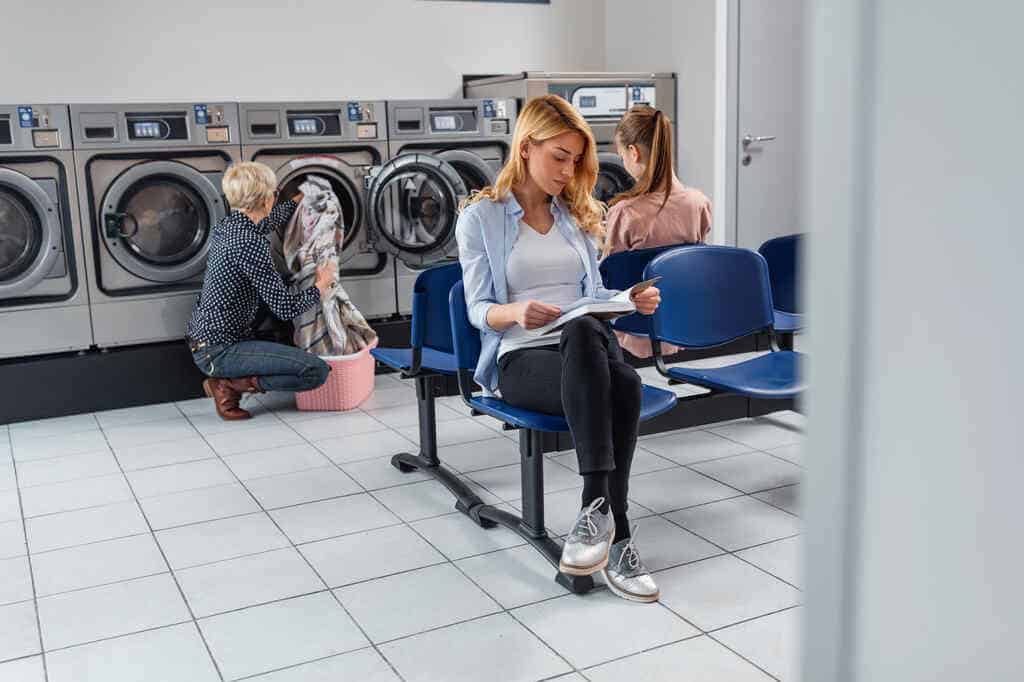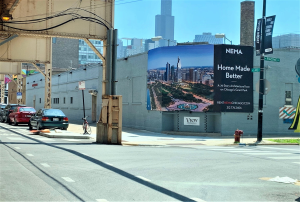
Luxury Brands Strategy: In-the-Hand Advertising That Works
Luxury Brands Strategy: Rethinking Everyday Brand Engagement Luxury brand marketing strategy has traditionally focused on exclusivity, opulence, and elite experiences. Think fashion shows in Paris, flagship boutiques in Dubai, and full-spread ads in glossy magazines. But today’s luxury consumer is


 Psychological Principles in Laundromat Ad Design
Psychological Principles in Laundromat Ad Design Effective Laundromat Advertising Examples Based on Psychological Insights
Effective Laundromat Advertising Examples Based on Psychological Insights


